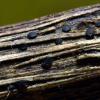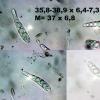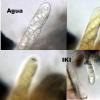
19-05-2025 10:01
Me mandan el material de Galicia (España) , recol

19-05-2025 10:00
Me mandan el material de Galicia (España) , recol

11-05-2025 10:35
ruiz JoseHola, en excremento de jabali, tamaño de unos 2 m

16-05-2025 13:12
Me mandan el material de Galicia (España), reco

16-05-2025 07:36
Zhuo LanI am a Ph.D. candidate in fungal taxonomy at Capit

14-05-2025 10:57
 Nicolas Suberbielle
Nicolas Suberbielle
Bonjour,Encore une trouvaille de Marie-Rose D'Ange



